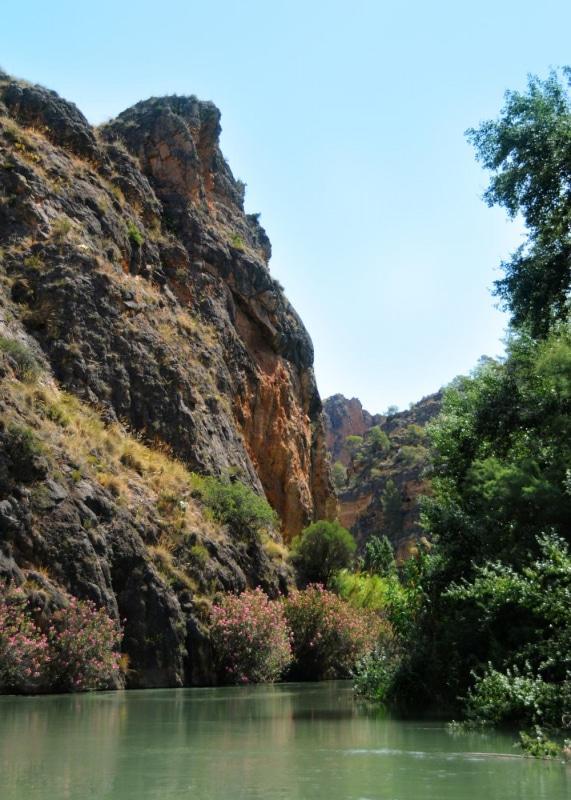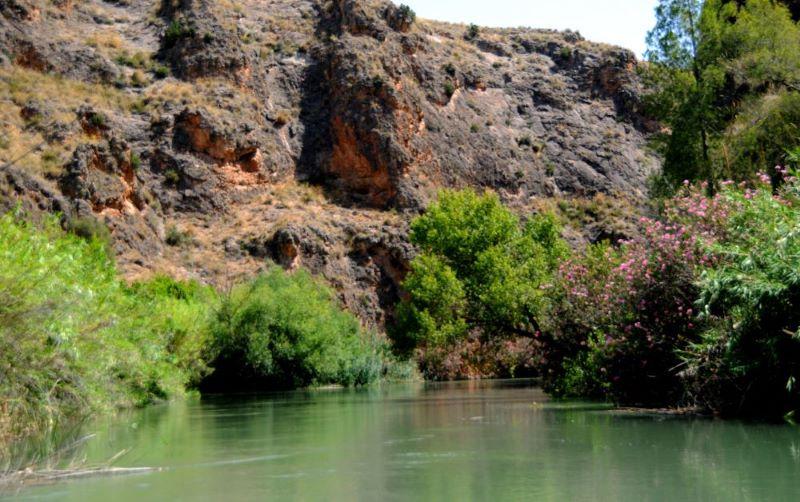Almadenes Canyon
Removed from Unnamed collection





Source: Glasgow Better Adventure Images may be subject to copyright. Learn More
If you're a nature enthusiast with a love for untouched landscapes, Almadenes Canyon is a must-visit destination. This stunning location boasts a rich variety of flora, including poplars, ashes, and willows. The wildlife is equally impressive, featuring majestic creatures like the eagle owl, the short-toed eagle, and playful otters.
For those with a taste for adventure, Almadenes Canyon offers an array of exciting activities. Whether you're trekking, trying your hand at canyoning, or gliding down the river in an inflatable boat or kayak, there's something for everyone. These activities are accessible to all, regardless of age or fitness level, making it a perfect spot for families or groups of friends.
The canyon is not just a haven for thrill-seekers; it's also a place where you can unwind and soak in the serene beauty of nature. The peaceful ambiance is perfect for those moments when you just want to pause and appreciate the simple joys of life. Imagine the thrill of spotting an eagle in its natural habitat or the delight of seeing an otter playfully darting through the water. If you find yourself in the area, take the time to explore the local culture and cuisine. The nearby towns offer a taste of traditional Spanish life, with charming cafes and vibrant markets. The combination of natural beauty and cultural richness makes Almadenes Canyon a truly unforgettable experience.
 Glasgow Better Adventure
Glasgow Better Adventure  Spain
Spain